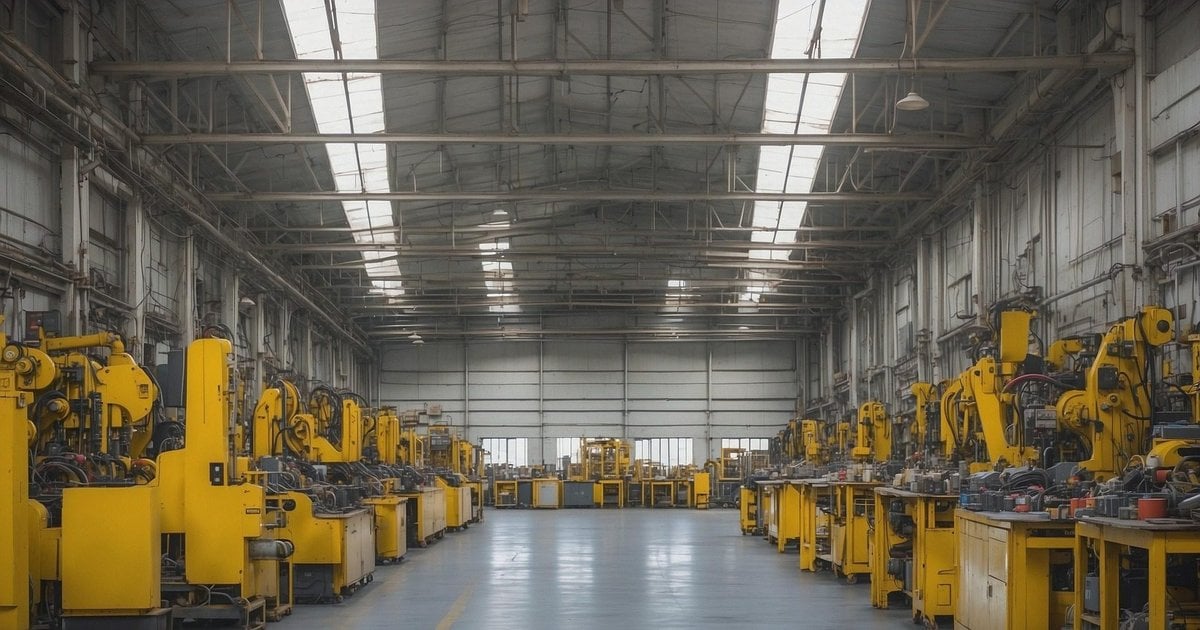Digital Danger: How Industry 4.0's Tech Revolution is Leaving Factories Vulnerable to Cyber Predators

In a groundbreaking study conducted by Omdia for Telstra, a startling revelation has emerged about cybersecurity in the manufacturing sector. The research uncovered that a staggering 80% of manufacturing companies have witnessed a dramatic surge in security incidents throughout 2024, highlighting the escalating digital threats facing the industry.
The comprehensive report paints a concerning picture of the current cybersecurity landscape, demonstrating the increasing vulnerability of manufacturing firms to sophisticated cyber attacks. This significant percentage underscores the urgent need for robust digital defense strategies and enhanced security protocols across the manufacturing ecosystem.
As technology continues to advance and interconnected systems become more complex, manufacturers are finding themselves at the forefront of a critical cybersecurity challenge. The findings serve as a wake-up call for businesses to invest in cutting-edge security measures, employee training, and proactive threat detection mechanisms to safeguard their digital infrastructure.
With cyber threats evolving at an unprecedented rate, this research from Omdia and Telstra provides crucial insights into the growing cybersecurity risks that manufacturers must address to protect their operations, intellectual property, and competitive advantage in an increasingly digital world.

